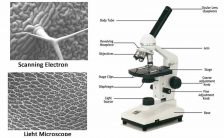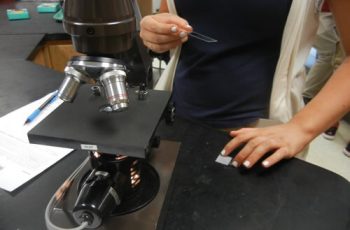Tag: activity
-
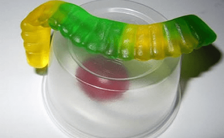
Saving Sam – Icebreaker Activity
A cooperative activity where students devise a way to save Sam, a gummy worm trapped on a boat. Students use paperclips to try to get Sam’s life preserver on.
-
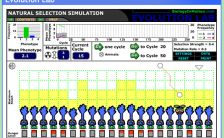
Investigation: What Factors Influence Evolution
Explore the relationship between mutation, selection strength and the rate of evolution by using a simulation, which shows how a population evolves.
-
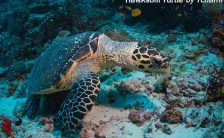
Endangered Species Project
Students create a publication (website, infographic) to educate their classmates about a specific animal that is on the endangered species list.
-

Stickleback Fish – An Evolution Story
Students to examine two lakes and compare the types of fish in each. They learn how lakes form, and why spines may be an advantage for some populations.
-
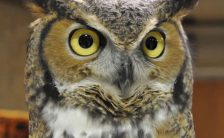
Investigation: Owl Pellets
Students open owl pellets to reveal the skeletons and fur of the owl’s last meal, and then reconstruct the skeletons using an bone chart.
-
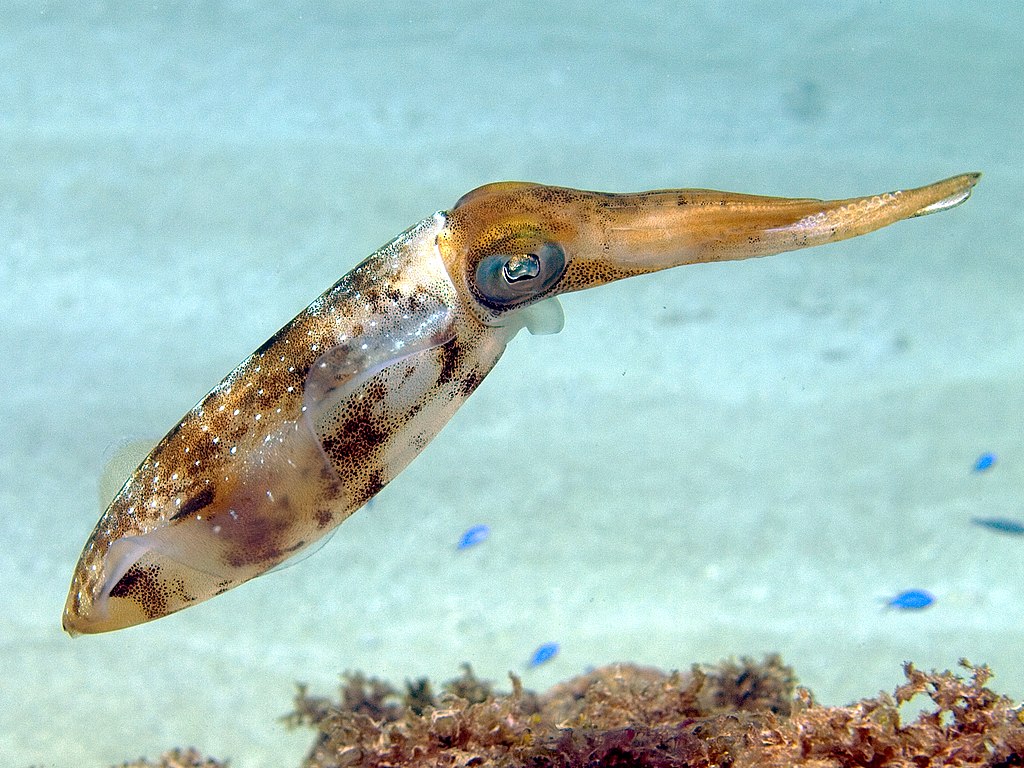
Squid Dissection for Beginners
External and internal anatomy of the squid with directions for dissection and identifying structures.
-
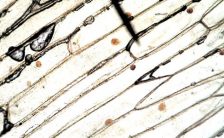
Comparing Plant Cells
Students observe onion cells and elodea cells using the light microscope. Students compare structures found in each type of cell and create drawings.
-
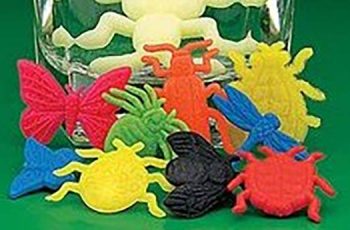
Growing Sponge Animals
This simple activity provides an introduction to laboratory techniques and data collection. Students measure how a sponge animal toy grows when submerged in cold and warm water.
-
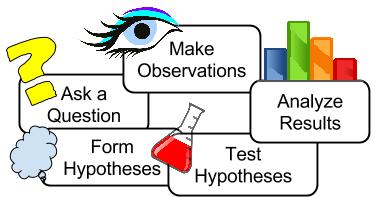
Investigation: What Are the Processes of Science
Inquiry investigation where students develop hypotheses to answer a question about lung capacity, design an experiment, collect data, and draw conclusions.
-
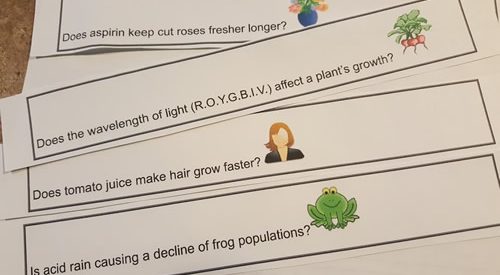
Scientific Method Scenarios
students work in groups to develop an experiment that answers a question. Students design the experiment, and must also identify the a control group and the independent and dependent variables in their experiment.
-
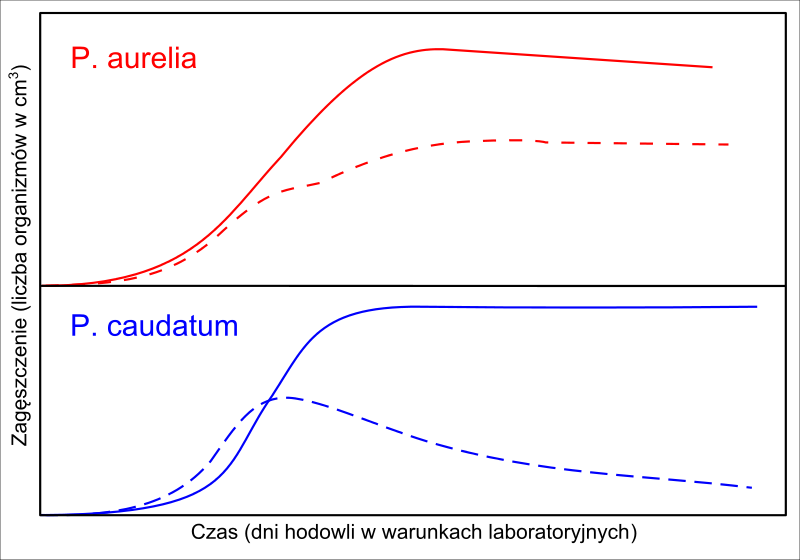
Population Biology with Paramecium
Activity illustrates the competitive exclusion principle by showing students how each population behaves when grown alone or when mixed together.
-
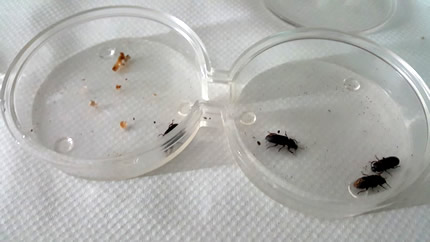
Case Study – Investigation of Animal Behavior
The goal is for students to develop a basic understanding about how animal models are used to study behavior and how behavior can be explained from an evolutionary perspective.
-
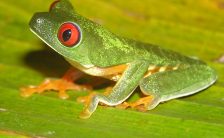
Frog Dissection Resources for High School Biology
This student guide (dissection manual) walks students through the frog dissection. Each step has a check box to help students focus and stay on track. Detailed descriptions of structures will help students locate organs with minimal help from the instructor.


